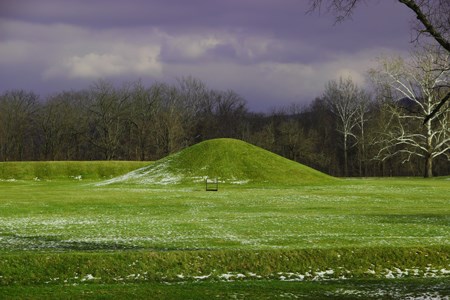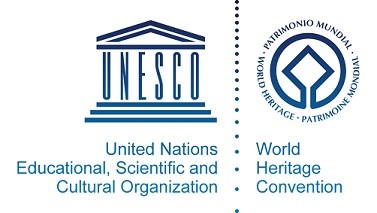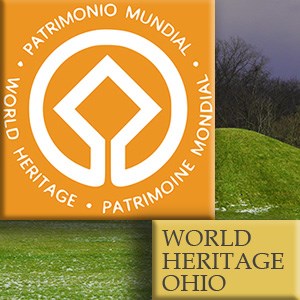
NPS / Tom Engberg World Heritage DesignationIt's official! Ohio’s Hopewell Ceremonial Earthworks were designated as the nation’s 25th UNESCO World Heritage site on September 19th, 2023. The Hopewell Ceremonial Earthworks comprise of Hopewell Culture National Historical Park in Chillicothe, which includes the Mound City Group, Hopewell Mound Group, Seip Earthworks, High Bank Earthworks, and Hopeton Earthworks, as well as the Ohio History Connection's Octagon Earthworks and Great Circle Earthworks in Newark and Fort Ancient Earthworks in Oregonia. What is the Hopewell Ceremonial Earthworks?Hopewell Ceremonial Earthworks is comprised of eight ancient Indigenous ceremonial earthworks in southern Ohio. Three sites are owned and managed by Ohio History Connection or the State of Ohio. These include Great Circle Earthworks, Octagon Earthworks, and Fort Ancient. Five of the sites are included in Hopewell Culture National Historical Park: Mound City, Hopewell Mound Group, Hopeton Earthworks, Seip Earthworks, and High Bank Works. 
UNESCO World Heritage Centre What is World Heritage?Shortly after WWI, the idea of creating an international movement for protecting heritage emerged. In 1972, the World Heritage Convention was created by the United Nations Educational, Scientific & Cultural Organization (UNESCO) to do just that. The 1972 Convention concerning the protection of the world cultural and natural heritage developed from the merging of two separate movements: the first focusing on the preservation of cultural sites, and the other dealing with the conservation of nature. The World Heritage Convention aims to promote cooperation among nations to protect heritage around the world that is of such outstanding universal value that its conservation is important for current and future generations. It is intended that properties on the World Heritage List will be conserved for all time. The concept of World Heritage is universal in that World Heritage sites are shared by all the peoples of the world, irrespective of the territory on which they are located. Currently, the list contains 981 properties scattered around the globe on nearly every continent. View and explore the complete list of World Heritage sites. Nomination ProcessThe first step towards gaining entry onto the World Heritage List is to be placed on a country's Tentative List. The Hopewell Ceremonial Earthworks was placed on the United States' Tentative List in 2008. The United States can select one cultural site from the Tentative List each year and prepare a full World Heritage Nomination. A formal advisory body, the International Council on Monuments and Sites (ICOMOS) evaluates the nomination to determine whether the property has "Outstanding Universal Value." To meet the test, the property must meet one or more of the ten World Heritage criteria (Six cultural and four natural), possess integrity and authenticity, and must meet requirements for protection and management. On the basis of this evaluation, ICOMOS submits a recommendation to the World Heritage Committee. The World Heritage Committee includes representatives of 21 nations and meets once each year to render final decisions on nominations. 
World Heritage Ohio & UNESCO World Heritage Is Serpent Mound part of the inscription?
No. Serpent Mound, probably built several hundred years before or after the Hopewell-era sites, is the largest documented surviving example of an ancient effigy mound in the world. It is worthy of its own separate nomination. |
Last updated: November 20, 2025

